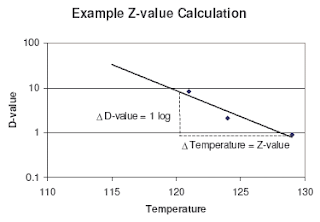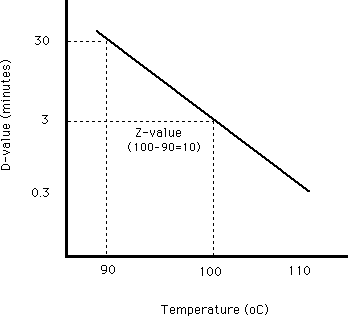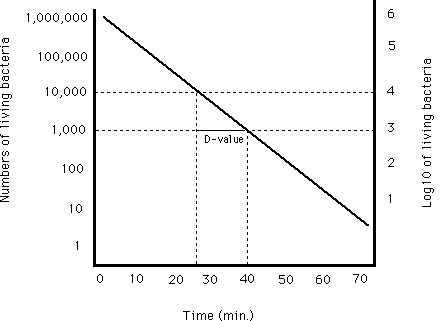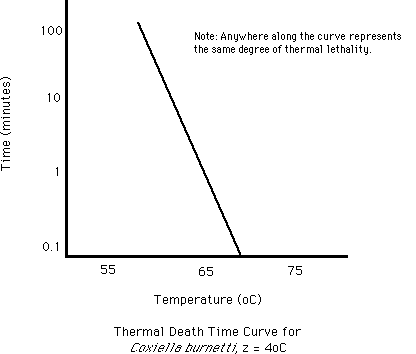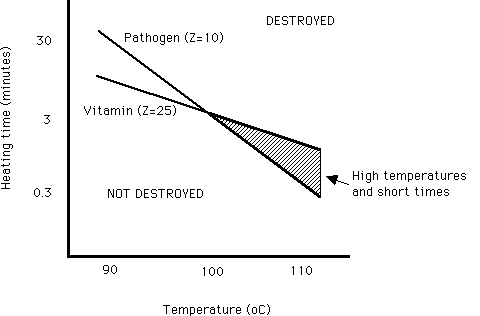D Value Z Value F Value Pdf

So then if we have a d value of 4 5 minutes at 150 we can calculate d values for 160 by reducing the time by 1 log.
D value z value f value pdf. The f distribution the f distribution is an asymmetric distribution that has a minimum value of 0 but no maximum value. D value decimal reduction value it is the time required at temperature t to reduce a specific microbial population by 90 or by a factor of 10. From a known z value process lethality f for a pathogen during pasteurization treatment can be calculated as f t 0 10 t t t ref zdt 1. Decrease in bacterial numbers at a given temperature d and the temperature difference required for the thermal inactivation curve to drop a logarithmic cycle z.
For example f 0 5. I go along 2 columns and down 24 rows. The actual processing time a can of food is given in a retort is always greater than the f value due. Values of d and z can be found in the literature van asten et al.
If your obtained value of f is equal to or larger than this critical f value then your result is significant at that level of probability. So the z value allows us to calculate a thermal process of equivalency if we have one d value and the z value. When the symbol f is used a z value of 18 f is assumed with an exposure temperature of 250 f. That is this table reports p z z f z.
D value and z value pdf calculate z from p. Half the area of the standardized normal curve lies to the left of z 0. Z value z value is the number of degrees of temperature change necessary to change the d value by a factor of 10. As we will see this is not a.
The critical value of f is 3 40. So if it takes an increase of 10 to move the curve one log then our z value is 10. The f distribution approaches but never quite touches the horizontal axis. The point of intersection is your critical f ratio.
So if it takes an increase of 10 to move the curve one log then our z value is 10. So then if we have a d value of 4 5 minutes at 150 we can calculate d values for 160 by reducing the time by 1 log. For a given value of z the table reports what proportion of the distribution lies below that value. Note that only positive values of z are reported.
This second calculator allows you to calculate the z score for any given cummulative probability level simply put for any given value of p just enter your p value which must be between 0 and 1 and then hit the button below. So the z value allows us to calculate a thermal process of equivalency if we have one d value and the z value.

